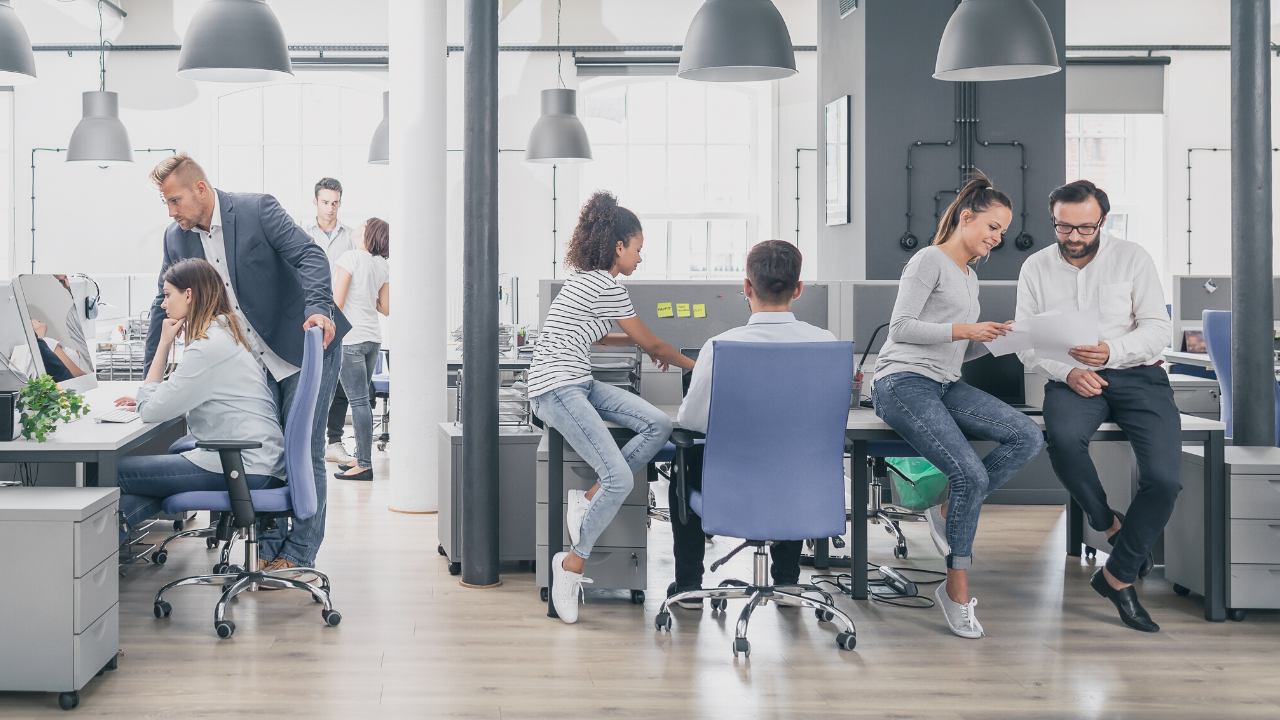Companies must find ways to adapt to technology and the evolving workforce to meet the needs and expectations of workers. Still, 68% of leaders said they have yet to find the best way to achieve agility and innovation in the workplace.
“The way people work has changed dramatically over the past decade,” said Brian Chen, co-founder and CEO of ROOM, a manufacturer of modular workspace solutions. “It’s a mistake to assume that we will continue to work the same way even a few years from now.”
To start feeling a change that will make an impact on a worker’s productivity, evaluate your office layout. This should begin with prioritizing flexibility and adaptability, then finding the best plan that maximizes your space in the most effective way.
Moving forward, collect data from your workers to see how they are interacting with the space and what type of space they need to do their work effectively.
Additionally, make the workspace a place where people want to spend time. Including private areas, as well as spaces for collaborative meetings allows workers to have a variety of work areas that suit their work style best.
Incorporating virtual office amenities, such as collaborative tools or video conferencing, can also give workers a better way to work with their colleagues, whether they are in the office with them or on the other side of the world.
Overall, office design plays a vital role in boosting employee morale and company productivity.


 Dr. Gleb Tsipursky – The Office Whisperer
Dr. Gleb Tsipursky – The Office Whisperer Nirit Cohen – WorkFutures
Nirit Cohen – WorkFutures Angela Howard – Culture Expert
Angela Howard – Culture Expert Drew Jones – Design & Innovation
Drew Jones – Design & Innovation Jonathan Price – CRE & Flex Expert
Jonathan Price – CRE & Flex Expert










